ABOUT
What questions can we now ask about heritage resources that we never before thought was possible? This question lies at the core of this LINXS theme. Recent advancements in neutron and X-ray science have opened the door to new applications that bridge the divide between the sciences and the humanities, and these powerful techniques can be harnessed to ask central questions about humanity’s history and shared patrimony.
Heritage resources are the culturally and scientifically significant objects, artefacts, and places that modern society has inherited from past generations. This includes both natural resources, such as fossils, sediments, and landscapes, as well as cultural resources including art, archaeological artefacts, and ancient buildings. Heritage resources are of great interest to both academic and public communities, as they can help us reflect on and understand our shared human origins. Synchrotron and neutron techniques have the potential to open new frontiers in the study of heritage resources by providing scientists with the tools needed to powerfully, yet non-invasively, characterise, image, and communicate these critically important and often invaluable materials. This interdisciplinary theme will bring together archaeologists, anthropologists, art historians, palaeontologists, geologists, chemists, and physicists to explore the cutting-edge potential of using synchrotron and neutron science to study and understand our shared cultural and natural heritage.
HAPPENING IN THEME
Welcome to participate in this year's national forum for cultural heritage and science, a collaboration between the Nationalmuseum, the network Heritage Science Sweden, and the Swedish National Heritage Board. Heritage Science theme leader Mikael Fauvelle (LU) will present on the 14th of May!

CORE GROUP
Heritage Science Core Group member and WG 1: Fieldwork and Collections leader, LINXS Fellow
Björn Nilsson, Head of Department at the University Museum of Bergen, Norway.
Dr Nilsson is a landscape and marine archaeologist with extensive experience in scientific and public strategies for contracting archaeology and cultural heritage. Nilsson is the Head of Department at the University Museum of Bergen. He was previously the scientific coordinator of LUARCH, a novel infrastructure linking archaeology to LU’s scientific laboratories, leader of the VR-funded project ‘Blue Archaeology’.
Heritage Science Core Group member and WG 3: Advancing Analysis leader, LINXS Fellow
Susan Nehzati, Researcher, MAX IV Laboratory in Lund and the Museum of Natural History in Stockholm, Sweden.
Dr Nehzati is a chemist and researcher at MAX IV Laboratory in Lund, with research affiliations at the Museum of Natural History in Stockholm. She has expertise in using advanced synchrotron X-ray characterisation methods on complex natural samples to investigate the fate of heavy metals to understand their impact on environmental systems and the health and disease of organisms. She leads an Anna-Greta and Holger Crafoord-funded project investigating the global health of fossil seed ferns from the Triassic-Jurassic extinction event.
Heritage Science Core Group member and WG 4: Quantitative Methods leader, LINXS Fellow
Anna Fedrigo, Imaging Beamline Scientist, Institut Laue-Langevin, France
Dr Fedrigo is a heritage scientist and physicist working as imaging beamline scientist at the Institut Laue-Langevin in Grenoble, France. Her expertise focuses on the application of X-ray and neutron techniques in Heritage Science, spanning from tomography to other non-destructive elemental and compositional techniques for material characterisation. She is currently supervising a project 11 on the investigation of looted metal artefacts from Iran using neutron and lab-based techniques.
LINXS Heritage Science Core Group member and WG 5: Visualisation leader LINXS Fellow
Lucia Mancini, Senior Researcher at the Department of Materials, ZAG (Slovenian National Building and Civil Engineering Institute, Slovenia.
Dr Mancini is a physicist and senior researcher presently working in the Department of Materials of ZAG (Slovenian National Building and Civil Engineering Institute) in Ljubljana. Since 1995, she has been working in the field of synchrotron- and lab-based 2D/3D/4D X-ray imaging using non-destructive approaches. During the last 21 years, she has worked as beamline scientist at the Elettra synchrotron in Trieste (Italy) where she acquired extensive experience in the application of X-ray computed tomography techniques to natural and cultural heritage studies.
Heritage Science Core Group member and WG 6: Communication leader, LINXS Fellow
Courtney Nimura, Museum Curator, Ashmolean Museum of Art and Archaeology, University of Oxford, UK.
Dr Nimura is an archaeologist and museum curator at the Ashmolean Museum of Art and Archaeology, University of Oxford, UK. She specialises in the material culture of the European Bronze and Iron Ages and regularly applies scientific analysis to improve her understanding of the source, composition, and extended biographies of the objects in the Ashmolean’s collection. She is currently the Co-I on a UK Research and Innovation-funded project that explores the use of PIXE analysis on artefacts with pigments.
GUEST RESEARCHERS
Guest researcher at LINXS September 2023, LINXS Fellow
Dorian Fuller, Professor of Archaeobotany at University College London, UK.
Dorian Q Fuller is Professor of Archaeobotany at University College London, where he has taught since 2000. He works on past agricultural systems and plant domestication through archaeological research in several regions, including sub-Saharan Africa, the Near East, South and Southeast Asia and China. He currently has a research grant on the evolution of vegetative agriculture in Ethiopia. He is author of Trees and Woodlands of South India. Archaeological Perspectives and a co-editor of three books, Far From the Hearth (2019), Archaeology of African Plant Use (2014) and Climates, Landscapes and Civilizations (2012). He completed his PhD on The Emergence of Agricultural Societies in South India (1999) at Cambridge University. He received his BA from Yale University (1995) and grew up in San Francisco, California. Prof Fuller is giving a talk at LINXS in September 2023.
WORKING GROUPS FOR HERITAGE SCIENCE
Heritage WorkING Group 1
Fieldwork and Collections
WG 1 will focus on the work heritage professionals conduct in the field, from archaeological excavations to sampling soils and forensics, to the use of stored material in museum collections.
Heritage WORKING GROUP 2
Conservation
WG 2 will focus on the issues faced by museum conservators, art historians, and research archaeologists, primarily highlighting non-invasive approaches to cultural heritage. We will explore how neutron and synchrotron techniques can characterise materials in ways that have never before been thought possible.
Heritage WORKING GROUP 3
Advancing analysis
WG 3 will concentrate on new non-destructive methods and applications, and serve as a hub for the dissemination of cutting-edge analysis. The members include a mix of experts in radiation and heritage sciences, with the aim that heritage specialists will be able to discover and develop new questions they did not know they could probe and to establish an extensive network with experts in radiation sciences.
Heritage WORKING GROUP 4
Quantitative methods
WG 4 will focus on establishing best practices and methods for quantitative analysis and modelling, cover imaging, elemental and compositional analysis with X-rays and neutrons.
heritage working group 5
Visualisation
WG 5 will focus on the application of advanced and user-friendly 3D and 4D visualization tools to be applied by heritage specialists in fieldwork, archaeological research, digital archiving, communication and didactic, to monitor the modification of archeological sites due to human and natural impacts such as climate change (to preserve the information available at the pristine status).
Heritage working group 6
Communication
WG 6 has two aims: to share knowledge within academia and to disseminate this knowledge to the wider public. Advances in digital accessibility, such as virtual reality exhibitions online or augmented reality tours on-site, are changing the way we communicate research with the public. This Theme presents an opportunity to capitalise on these growing fields to promote interdisciplinary science and education.









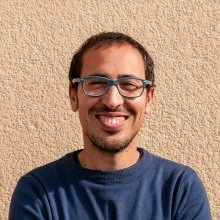
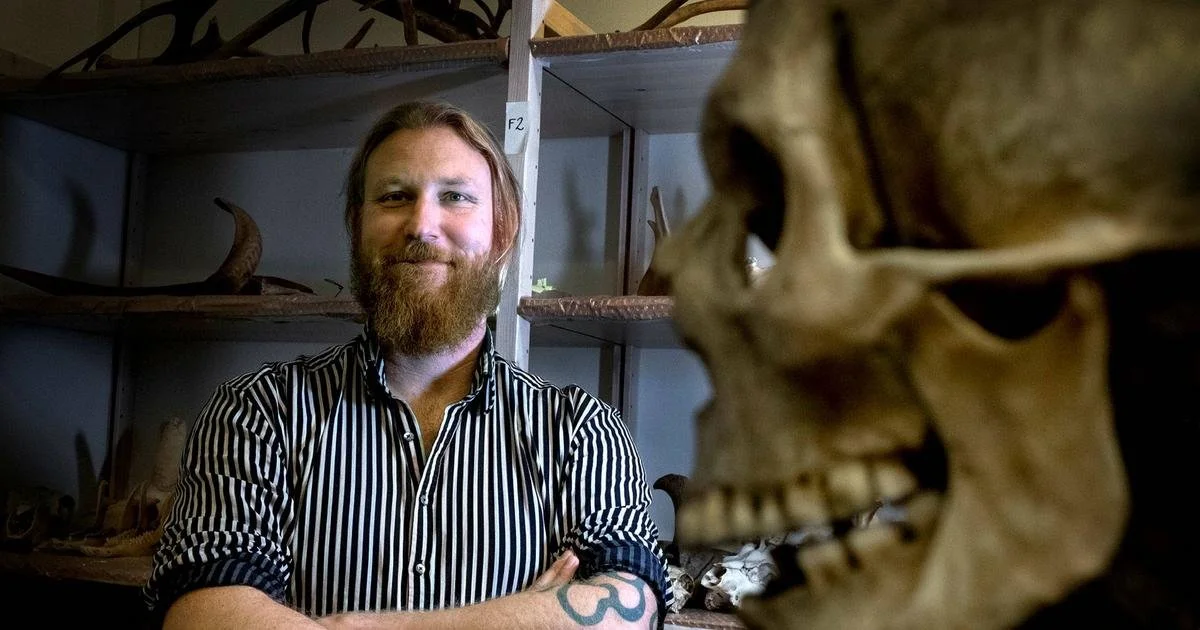
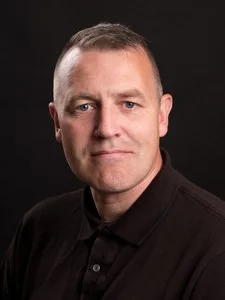
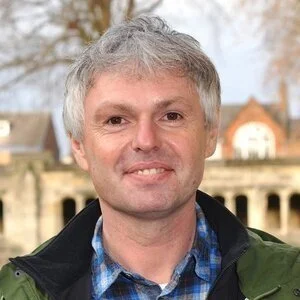
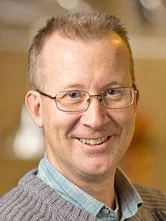




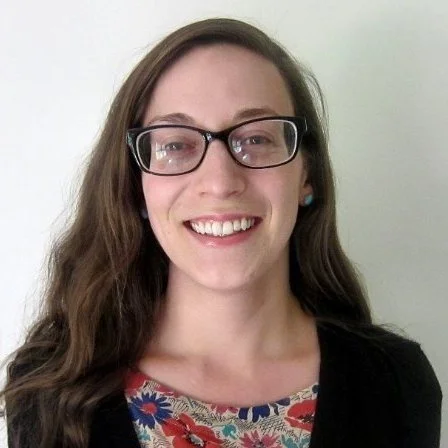
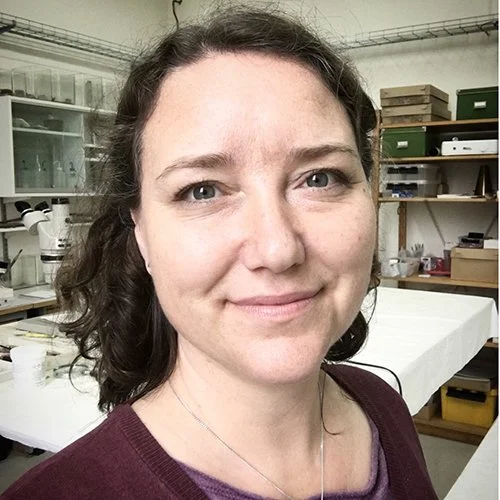
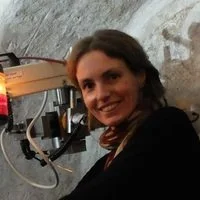

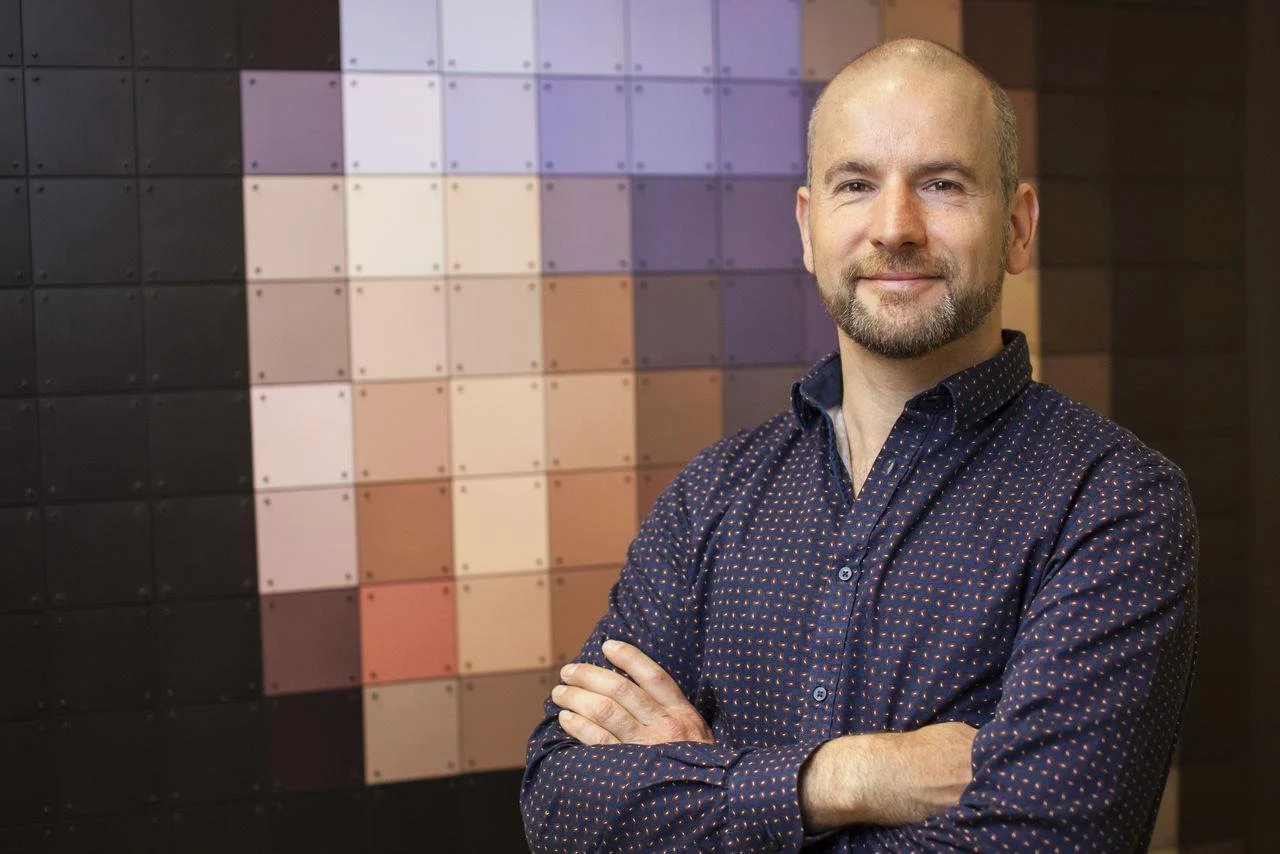
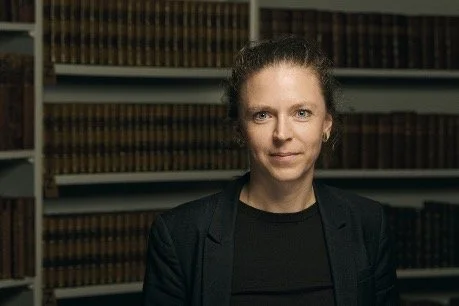

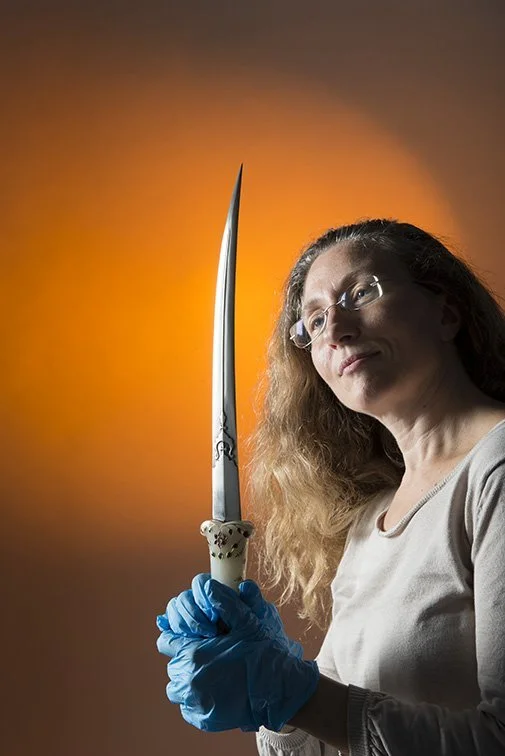


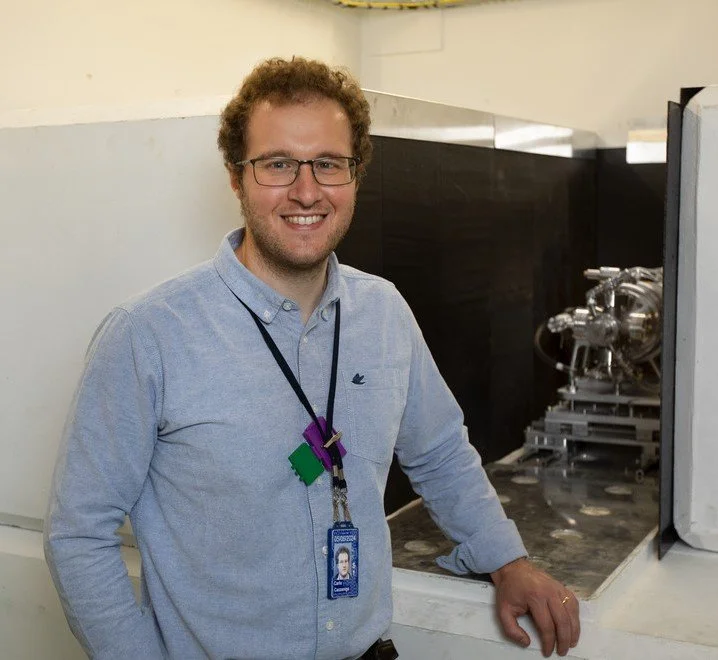

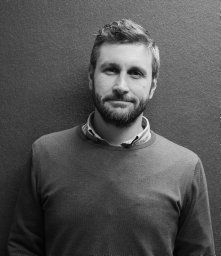




Heritage Science Core Group leader and WG 2: Conservation leader, LINXS Fellow
Mikael Fauvelle, Researcher at the Archaeology Department, Lund University, Sweden.
Mikael Fauvelle is an archaeologist interested in the origins of complex economic systems. His research focuses on understanding how technological innovation spurred the development of long-distance trade networks and facilitated the formation of systems of social inequality. To map ancient exchange systems, he has employed non-destructive scientific methods including infrared spectrometry, pXRF, and synchrotron XRF. He is currently the director of the Complex Canoes project, which is using new scientific methods including SXRF to study museum collections of Bronze Age sewn plank boats. Other recent projects include research on the origins of money, trade systems in ancient Mesoamerica, and long-term resilience in maritime hunter-gatherer societies.